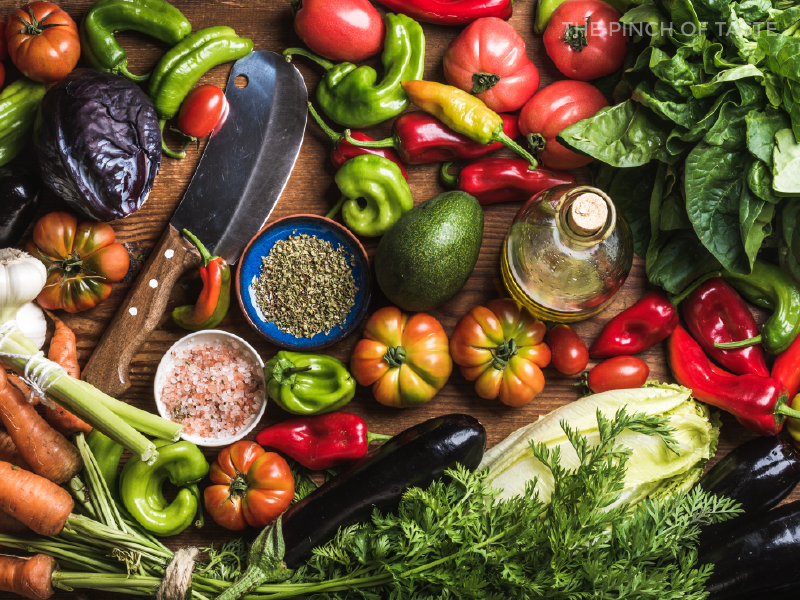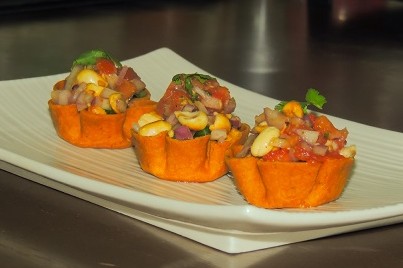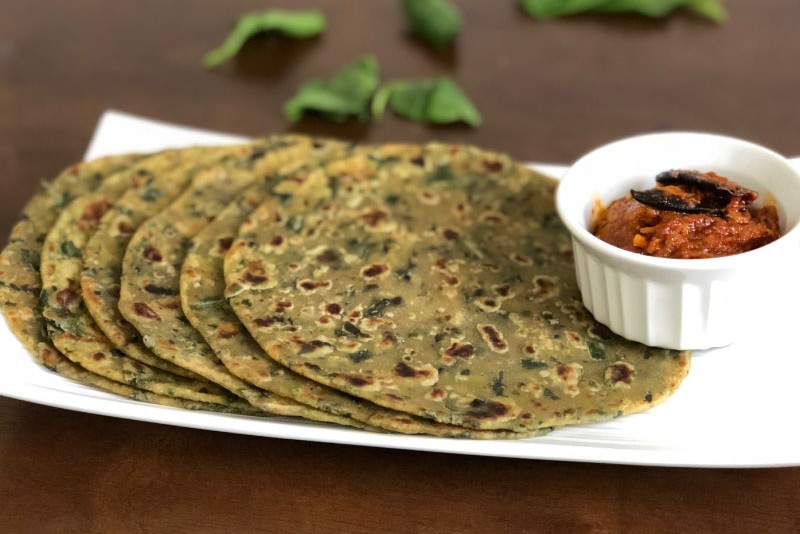
I often talk about Specific Carbohydrate Diet (SCD) in my blog, perhaps puzzling some of the readers. So today I want to share a brief intro about this diet, its efficacy and how I was introduced to it.
It has been almost 2 years since my daughter got diagnosed with Crohn's disease and it was then I heard about this diet for the first time. In spite of the doctor’s pressure to put her on medication, my husband and I decided to dive into this diet plan. It’s not that we didn’t believe Vedika had Crohn's but was medication her only route? We started looking for alternative therapy. Our health is a clear reflection of what we are eating. As we all know our food in today’s world is altered by chemicals, pesticides, growth hormones, etc. causing severe digestive disorders. I had read once “Let food be your medicine and medicine be your food.” So we decided to make food our medicine and much to our surprise it worked wonders. After following this diet strictly for one year Vedika is back to her normal health and daily routine. As we began to change our food habit, my daughter’s health along with my family’s health, improved.
History of SCD.
Talking about this diet and its origin, the story takes us back to the early 20th century, where this diet was developed and practiced by a New York-based (Columbia University educated) physician-pediatrician Dr. Sidney Valentine Haas. After many years of research, it was he who understood the importance of the effects of food on the body. Through his dietary approach, he treated many cases of celiac disease, cystic fibrosis, ulcerative colitis, and chronic diarrhea. Now, celiac disease is a condition in which the patient is not able to digest certain grains and starchy food. During his course of practice and many years of clinical experience he came up with certain findings that however patient with celiac disease could tolerate fruits, veggies, and certain plant and animal-based protein. Dr. Sidney V. Haas, along with his son Merrill Patterson Haas published a book in 1951 titled Management of Celiac Disease which accommodates all his research and his fellow doctors' as well, whose tireless efforts have helped to find the cause and treatment of these disorders. In this book, Dr. Haas referred to his dietary approach as ‘Specific Carbohydrate Diet’ because only limited carbs were allowed in this diet.
Later, in the year of 1958, Elaine Gottschall took her 8 years old daughter who was suffering from ulcerative colitis, to see Dr. Haas. After seeing almost 15 doctors across the country and unsuccessful medication, she (Elaine’s daughter) was on the verge of surgery to remove the infected part of the colon (intestine). It was then that she came across Dr. Haas and his dietary approach. Elaine has mentioned in her book: “He was the first to ask me, what is your child eating ?” He then explained the concept of SCD to her and put her daughter on this diet for 2 years. And to Elaine ’s surprise, her daughter was free from symptoms within a few months, although internal healing took 2 years. Eventually, after following this diet for a few years, she could return to a regular diet and could lead a normal healthy life. Greatly inspired by his therapy and determined to help thousands of people suffering from similar diseases, Elaine returned to school to learn the mechanism of this diet. She earned undergraduate and master’s degree in nutrition and biochemistry respectively.
Crohns & Ulcerative Colitis Disorder: What it is & how it occurs
Colon is part of the large intestine that processes the waste product from our body. In the colon, there are different types of bacteria that reside in balance. Now, whenever this equilibrium of bacteria is disturbed due to any possible reason, there is interference in the digestive system and the human body can suffer from diarrhea, stomach cramps, etc. The stability of the bacteria can be disturbed for a host of reasons like poor diet or malnutrition, use of antacids, etc. Prolonged disturbance in this equilibrium might result in some bacteria migrating to the small intestine, setting a colony up there. A colony of bacteria in the small intestine can be disastrous, as they interfere with the digestion process. These bacteria in the small intestine compete for nutrients and overload the intestinal tract with their waste products. Due to the presence of these waste products, the ingested food (especially carbs) in the small intestine doesn’t come in contact with the digestive enzymes and thus does not get digested, subsequently not getting absorbed in the bloodstream. Instead, this food acts as an energy source for the microbes, which further multiply, generating more waste products and mucus, and eventually damaging the lining of the small intestine.
Specific Carbohydrate Diet and its effectiveness pertaining to Crohn's disease:
Specific Carbohydrate Diet (SCD) is a healthy and unconventional diet plan that severely limits the intake of complex carbohydrates. It is a group of food which is grain-free, sugar-free, dairy-free, starch-free and unprocessed. Therefore, going back to an era of our ancestors, the way they used to eat, the diet remains extremely nutritious and natural. It is a well-balanced and safe diet which is found to be effective in dealing with persisting digestive problems. A simplified list of SCD legal & illegal food is provided here, more details regarding the same can be found on this page.
Introductory diet plan:
I get lots of queries regarding the diet plan like how I started this diet for my daughter, when did I introduce legal lentils, etc. so I thought of sharing a comprehensive diet plan that I had prepared for my daughter. It can be used as a reference depending on the condition of the patient. If the patient is not able to tolerate raw fruits/veggies then boil/steam before using it.
Week 1:
Breakfast:
1) Applesauce/egg
2) Any kind of fruit smoothie/shake with scrambled egg
3) Yogurt bowl with blueberry/strawberry/raspberry
4) Banana smoothie with peanut butter/almond butter
Lunch/dinner:
1) Tomato carrot soup with grilled chicken/veggie
2) Clear veg soup with chicken patties/fish fry
3) Beetroot tomato soup with garlic flavored fried cauliflower
4) Broccoli cheddar soup with stir-fried spinach
Week 2:
1) Introduce almond flour bread & muffins along with above.
Week 3:
1) Introduce red lentil (masoor daal)
2) Tomato red lentil soup
3) Spinach red lentil soup
4) Red lentil dosa/crepe with curry
5) Beetroot & red lentil stew
Week 4:
1) Introduce split pea (Matar ki daal) both yellow & green
2) Split pea dosa/crepe with curry or chutney/dip
3) Split pea stew with sautéed veggies
4) Make a salad with soaked and boiled red lentil/split pea along with cucumber, tomato, lemon juice










